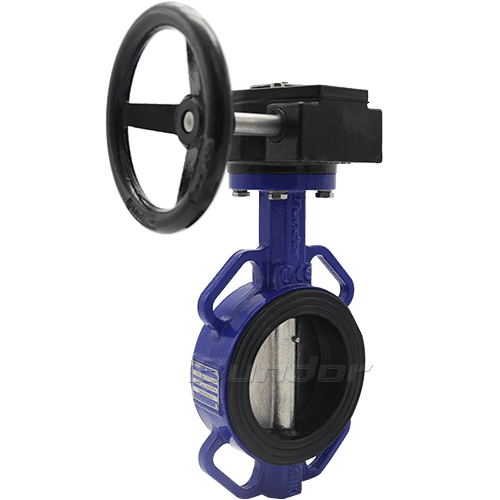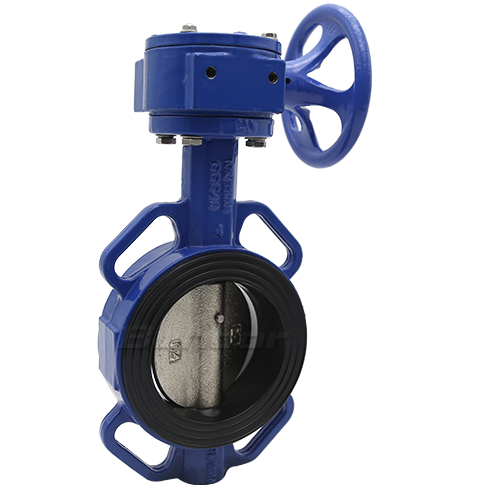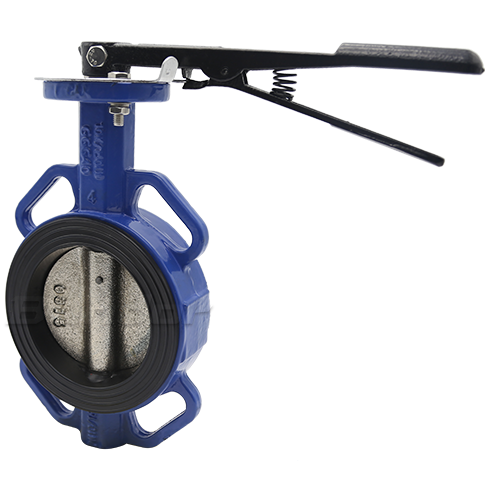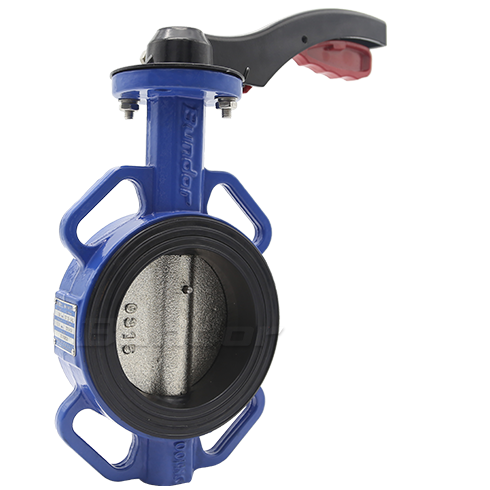The installation of two-way sealing butterfly valve generally has no direction requirements. If required, the installation should be correctly identified according to the working principle of the butterfly valve.
The installation of the one-way sealing butterfly valve has installation requirements. The valve body of the one-way butterfly valve will have an arrow indicating the direction. When installing, the direction of the arrow must be consistent with the flow direction of the medium in the pipeline.
In addition, there are some requirements for the installation direction of the butterfly valve:
On a horizontal pipeline, the valve stem direction can be determined in the following order: vertical upward, horizontal, upward tilt 45°; vertical downward is not allowed (that is, it cannot be inverted).
The installation position of the butterfly valve must be convenient for operation, and the operating comfort and safety of the operator must be considered. When installing the manual butterfly valve, the hand wheel or handle should be flush with the chest (usually 1.2 meters away from the operating floor). In this way, it is easier to open and close the butterfly valve. The handwheel or handle of the landing butterfly valve should face upwards, and do not tilt. The butterfly valve of the wall machine and the equipment should also leave room for the operator to stand. It is necessary to avoid operating from the sky, especially acid and alkali, toxic media, etc., otherwise it is very unsafe.
The above is the question about the installation direction of the butterfly valve introduced by Bundor Valve. If you have any questions, you can click on the website for online customer service consultation.








